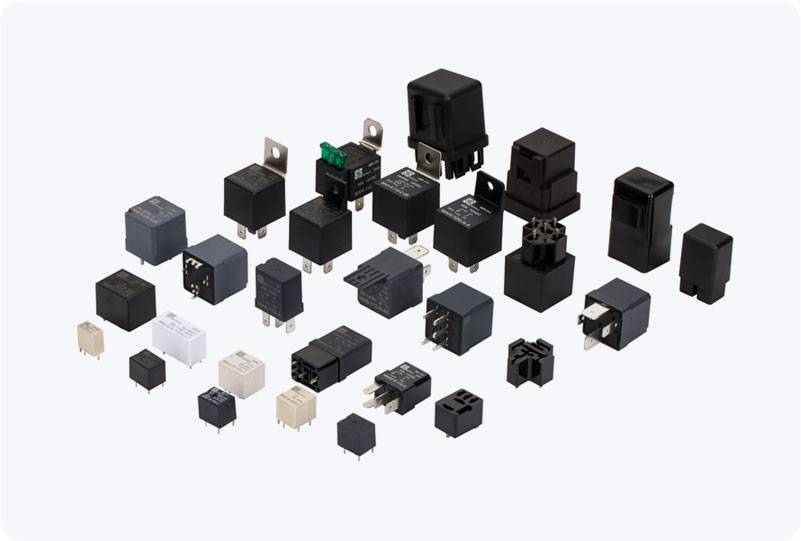understanding the battery main positive relay: function, importance, and applications
Release time:2025-08-09 04:28:08
A Battery Main Positive Relay is a crucial component in various electrical systems, particularly in automotive, marine, and industrial applications. It plays a vital role in controlling the flow of electrical energy between the main power source, such as a battery, and the electrical circuits that require power. This article explores the purpose, functionality, and significance of the Battery Main Positive Relay in modern electrical systems, shedding light on how it ensures efficient and safe power distribution.

What is a Battery Main Positive Relay?
At its core, the Battery Main Positive Relay is an electromechanical switch that controls the connection between the positive terminal of the battery and the electrical circuits of a vehicle or machine. It is designed to handle high current loads and typically functions to either complete or break the circuit depending on whether power is needed by the system. The relay is triggered by an electrical signal, which could come from a variety of sources, such as the vehicle’s ignition system or an electronic control unit (ECU).
When the relay is activated, it closes the circuit, allowing electricity to flow from the battery to the necessary systems. Conversely, when the relay is deactivated, it opens the circuit, cutting off the power supply and preventing any electrical current from reaching the circuits. This on-off function makes the relay a central component in regulating the flow of power in the system.

